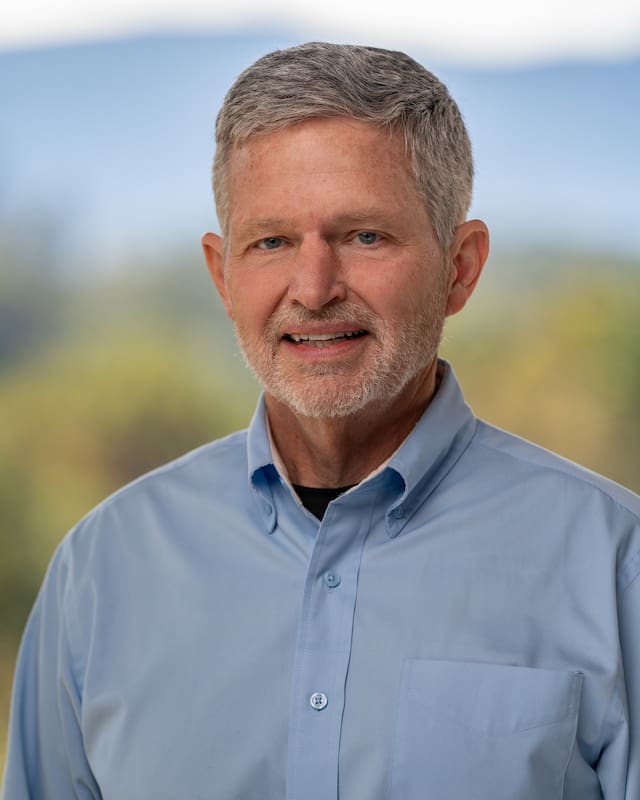
The purpose of this blog is to stimulate thought and discussion about important issues in healthcare. Opinions expressed are those of the author and do not necessarily express the views of CMDA. We encourage you to join the conversation on our website and share your experience, insight and expertise. CMDA has a rigorous and representative process in formulating official positions, which are largely limited to bioethical areas.
Abortion and App Blogs
Abortion Training
April 11, 2022
by Jeffrey Barrows, DO, MA (Bioethics)
A recent article by NBC News bemoaned the decreasing number of medical schools and residency programs that engage in abortion training. The author attempts to blame this reduction on the increasing number of states passing legislation restricting access to abortion. What is not acknowledged is the fundamental fact that aside from the state of Texas, where a very unusual law exists prohibiting abortion after the detection of a fetal heartbeat, no other state currently limits abortion in the first or early second trimester of pregnancy. The reason is the present legal landscape dictated by Roe v. Wade and Planned Parenthood v. Casey. This raises the question as to the real reason abortion training options are diminishing, since abortion is legal after the detection of a fetal heartbeat in 49 states and the District of Columbia.
The article supports its claim of diminishing abortion training within medical schools by referencing a 2020 review article out of Stanford. The purpose of this review article is to propose changes in abortion education within medical schools and residencies throughout the country to address the decline in abortion providers, citing a study showing a 4 percent decline in abortion providers between 2008 and 2011. Interestingly, the number of abortion providers declined in every major region of the country except for the Midwest, where the overall number of abortion providers remained stable over that period. The only two factors considered in the article that might relate to this decrease in abortion providers was the increasing incidence of chemical abortion and newly passed state laws adding requirements regarding abortion counseling.
Building their case for the importance of abortion training in medical school, the Stanford authors try to compare the importance of abortion training in medical school to appendectomy training using 2005 statistics for the number of abortions performed in the United States. Of course, what the authors fail to mention is that abortions are generally elective procedures while appendectomies are not. Importantly, throughout the article, the Stanford authors fail to address the critical question of student interest in abortion training. In today’s university climate of rising student autonomy, it’s hard to imagine student demands for abortion training being ignored by medical school leadership. Therefore, if the training opportunities for abortion in medical schools is dropping, it’s likely in part due to a lack of interest on the part of the students.
Since this decrease in abortion providers is critical to the argument to increase abortion training in medical schools and residencies, the failure to completely investigate the reasons behind decreasing abortion providers should be noted. No evidence was presented that the decreasing availability of abortion education in medical schools is causative of the decrease in abortion providers. Is it possible abortion clinics closed because there are fewer medical professionals who want to provide abortion care, for instance?
Choosing to ignore these other possibilities, the Stanford review article maintains that the answer to this decline in abortion providers is an increase in abortion training, asserting that medical school is the place to start training on abortion through didactics and observational exposure during medical school externships. To achieve this goal, the authors propose that every OB/Gyn clerkship include OSCEs (Objective Structured Clinical Examination) as part of a specific scenario around pregnancy option counseling. This would force every medical student to include abortion counseling within this examination, even if it goes against their conscientious beliefs. To their credit, the authors do mention allowing this training to be offered as an “opt out,” but this is inferior to the “opt-in” alternative. The “opt-in” alternative allows the students who are truly interested in abortion training to choose those clerkships while preventing any stigma from being attached to students who are conscientiously opposed to abortion.
However, the real emphasis on expanding abortion training comes during the residency period. The Stanford authors note that the number of residency programs providing training in first trimester abortion decreased from 24 percent in 1984 to 12 percent in 1992. Once again, the authors fail to address the question why this decrease has occurred. If there was a demand among the residents for training in abortion, there ertainly would not be a 50 percent decline in its availability over eight years.
Even more revealing is data showing the age divide among abortion providers. A 1995 survey of abortion providers showed that 59 percent of OB/Gyns older than 50 do provide abortion, while only 28 percent of OB/Gyns less than 50 provide abortion. The younger generation is less interested in doing abortions. But rather than recognizing that younger healthcare professionals are not as interested in engaging in abortion care, the ACGME reacted to this survey data to force more residents to undergo abortion training by mandating in 1996 that OB/Gyn programs either provide abortion training or, at a minimum, provide access to training through the inferior “opt-out” alternative rather than the better “opt-in” choice. Unfortunately, after this mandate went into effect, the percentage of residents exposed to this training, including residents conscientiously opposed to abortion, increased significantly.
These efforts at mandating abortion education during medical school and residency are being promoted without any clear evidence that this will solve the “issue” of a nationwide decrease in abortion providers. It is also causing pro-life students to pursue specialties other than OB/Gyn to avoid being placed in clinical situations that violate their conscience.
Those of us who are conscientiously opposed to abortion and belong to either American College of Obstetricians and Gynecologists (ACOG) or American College of Osteopathic Obstetricians and Gynecologists (ACOOG) must continue to advocate for the ability of students and residents who also oppose abortion on either conscientious or religious grounds. They must have the ability to avoid the inherent pressures placed on them to engage in abortion training through programs that mandate abortion training or only allow the inferior “opt-out” alternative. This is an unrecognized form of discrimination, the only discrimination being lauded and expanded throughout the healthcare system.


Thanks for this information and statistics. Very helpful to my understanding and then being able to articulate physician’s perspective on this issue. I have discussions on this issue frequently with both lay people and physicians. It is critical to have information and not just opinions. Misinformation is as harmful as no information. Again, appreciated this.
During medical school I saw one suction abortion and the resident was livid when the baby’s head clogged his equipment, never mind untangling the twisted limbs. Later during a surgical pathology rotation we diagnosed “Products of Conception”. When I showed my attending that the hospital rules required an autopsy when the “POC” filed the gallon specimen bucket, he told me the baby was as old as the mother said it was.
Thank you for raising awareness about the abortion industry’s efforts for “universal access” at all costs. In Maryland, abortion advocates are circumventing obstacles to physician training and successfully passed a bill that adds $3.5 million to the budget to trains abortionists–including non-physicians. This is in a state that “enjoys” the most liberal abortion laws and where women have access to abortion in 9 out of 10 counties. We fought this bill, but don’t have the representation to defeat it.